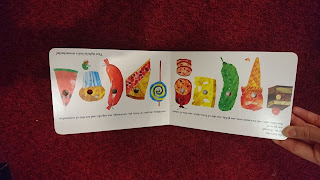Throughout design
practice I have learnt key aspects of production and organisation in
design.
In the first module I
have learnt the importance of experimentation and research in order
to get a developed response. The In Cold Blood design was successful
because it there was deep research into the book's history and
context meaning that the design's concept was its biggest strength.
In the second module
the practice of printing techniques became a lot more clear and the
process of mass production and it's necessity became apparent. I
found that the design I had created was unnecessarily complex,
sometimes it is better to invest in something simple and work on its
refinement to create a bold and shocking design.
In the third brief
skills in teamwork and collaboration grew. I found that I naturally
enjoyed organisation and helping my group as much as possible. I
learnt skills in delegation and compromise as well, which led to a
full and consistent body of work.
In the final brief
skills in fast paced organisation and production have been gained. It
was exciting to work in a collaboration of two and the sharing of
ideas and concepts. It often meant that the boundaries were pushed
further as there was two of us questioning what the next step could
be.
Something I have
noticed is that I need to improve my time management skills. Whilst
doing work throughout this process I found it hard to keep a steady
pace of blogposts, although I have improved since the last module. In
future I hope to do the blogposts immediately after the work is
produced and balance my time more effectively across the modules.

















































